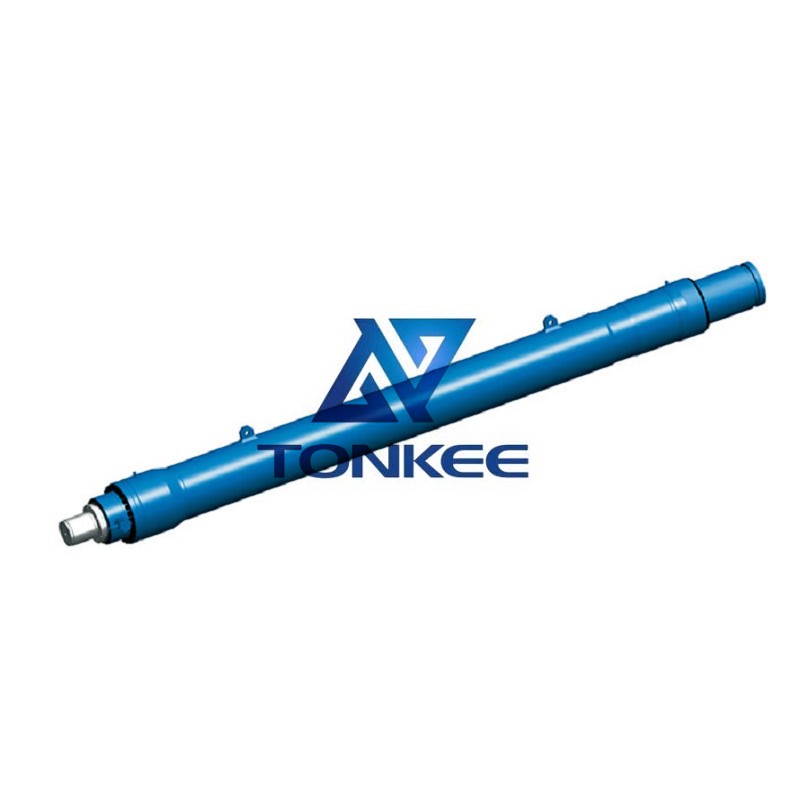
A heave compensation hydraulic cylinder is designed to provide precise vertical motion control to counteract the effects of heave motion caused by waves or other environmental factors.
It is commonly used in offshore drilling and construction operations, where maintaining the position and stability of equipment is essential for safety and productivity.
Load Capacity:
The load capacity of a heave compensation hydraulic cylinder varies depending on the specific application. It is typically rated in terms of force or weight capacity, with values ranging from a few tons to several hundred tons to accommodate different operational needs.
Stroke Length:
The stroke length of the hydraulic cylinder refers to the maximum distance it can extend and retract. It is an important parameter as it determines the range of vertical motion control. Stroke lengths can vary widely, with typical values ranging from 1 to 10 meters or more.
Hydraulic System:
The hydraulic system of a heave compensation hydraulic cylinder consists of a hydraulic pump, fluid reservoir, control valves, and hydraulic lines. It operates by pressurizing hydraulic fluid to extend or retract the cylinder's piston, thereby controlling the vertical motion. The system must be designed for high reliability and performance.
Heave Compensation Mechanism:
The core function of the hydraulic cylinder is to compensate for heave motion. This is achieved through the integration of sensors and control algorithms that continuously monitor the position and motion of the load. The system then adjusts the cylinder's extension and retraction to counteract the heave motion and maintain the desired position.
Environmental Considerations:
Heave compensation hydraulic cylinders are often used in harsh offshore environments, including extreme temperatures, saltwater exposure, and high-pressure conditions.
Therefore, they are typically constructed using corrosion-resistant materials and designed to withstand these challenging conditions.
Control System:
The control system of a heave compensation hydraulic cylinder is a critical component. It includes advanced electronics, sensors, and software algorithms to provide precise and real-time control. It must be capable of rapid response to changes in heave motion to ensure the load remains stable.
Safety Features:
Safety is paramount in offshore operations. Heave compensation hydraulic cylinders should be equipped with safety features such as emergency stop buttons, pressure relief valves, and fail-safe mechanisms to prevent accidents and protect personnel and equipment.
Maintenance and Serviceability:
Regular maintenance is essential to ensure the reliable performance of the hydraulic cylinder. It should be designed for ease of maintenance, with accessible components and clear service procedures. Additionally, a comprehensive service and support network should be available to address any issues promptly.



 English
English Türkçe
Türkçe


